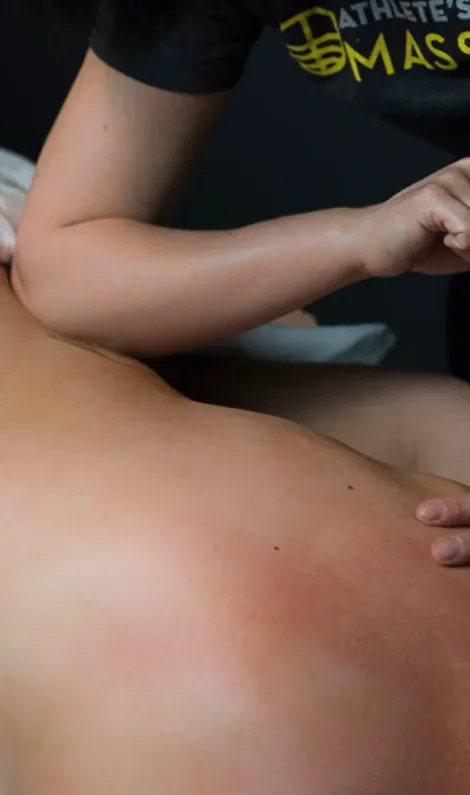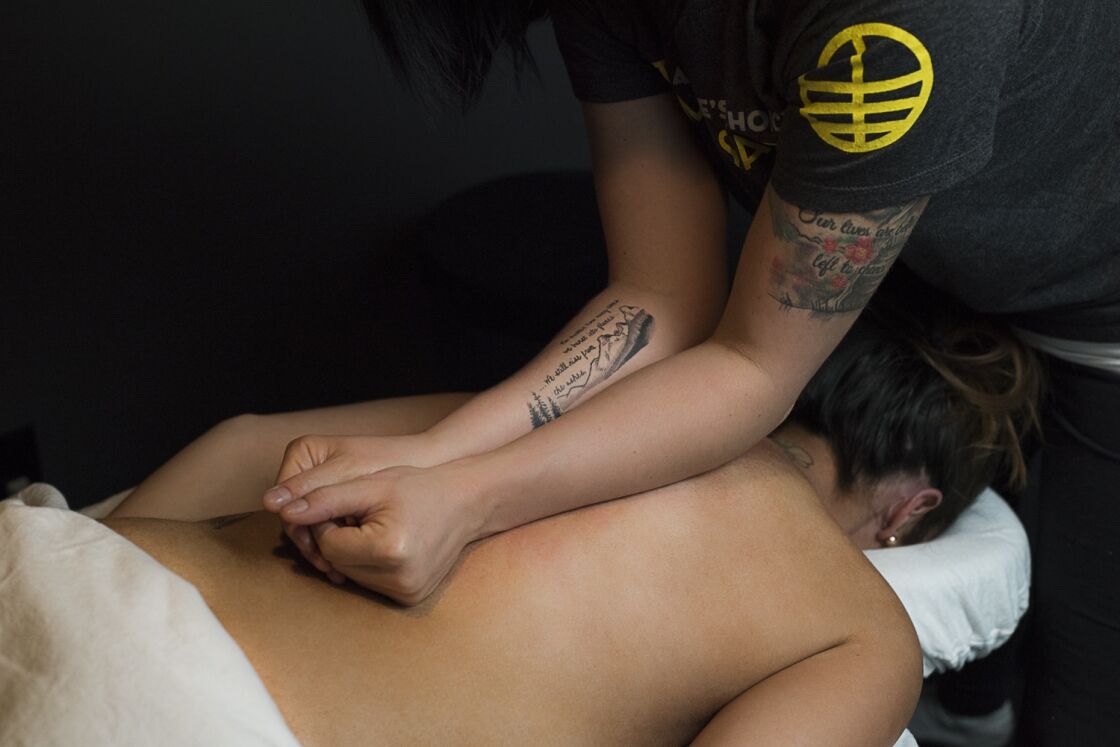Deep tissue massage is a therapeutic technique widely recognized for its ability to alleviate chronic pain, improve mobility, and promote relaxation by targeting the deeper layers of muscle and connective tissue. While its benefits are well-known today, the history of deep tissue massage is rich and spans across various cultures and centuries. This article delves into the origins, evolution, and modern-day significance of deep tissue massage, providing a comprehensive understanding of this popular therapeutic practice.
Ancient Roots of Massage Therapy
The practice of massage therapy dates back thousands of years and is rooted in various ancient civilizations. Although deep tissue massage, as we know it today, has more recent origins, the foundations of massage therapy can be traced back to ancient cultures such as Egypt, China, India, and Greece.
Egypt: The earliest known depictions of massage are found in Egyptian tombs dating back to around 2500 BCE. Egyptians used massage techniques to promote healing, relaxation, and spiritual well-being. These early practices laid the groundwork for the development of more specialized massage techniques, including those targeting deeper muscle layers.
China: In China, massage therapy has been a fundamental part of Traditional Chinese Medicine (TCM) for over 3,000 years. Tui Na, a form of Chinese massage, involves rhythmic compression and deep pressure on specific points of the body to improve the flow of Qi (energy) and promote healing. Although not identical to modern deep tissue massage, Tui Na’s principles of working on deeper layers of the body influenced later practices.
India: Ayurveda, the traditional medicine system of India, has utilized massage for thousands of years as a key component of its holistic approach to health. Ayurvedic massage, often involving deep pressure and the use of oils, aims to balance the body’s energies and promote overall well-being.
Greece: In ancient Greece, massage was an essential part of athletic training and rehabilitation. Greek physicians, including Hippocrates, advocated for massage as a method to relieve pain, treat injuries, and enhance physical performance. The Greeks’ understanding of anatomy and their emphasis on physical conditioning contributed to the development of techniques resembling those used in deep tissue massage.
The Evolution of Massage Techniques in Europe
During the Renaissance, massage therapy saw a revival in Europe as medical knowledge expanded and interest in the human body grew. This period laid the groundwork for the systematic study of massage techniques and their therapeutic applications.
16th to 18th Century: European physicians and scholars began documenting the benefits of massage for various ailments. Notable figures like Ambroise Paré, a French surgeon, and Per Henrik Ling, a Swedish physiologist, made significant contributions to the development of modern massage techniques. Ling, in particular, is credited with founding Swedish massage, a precursor to many modern massage practices, including deep tissue massage.
19th Century: The 19th century marked a turning point in the evolution of massage therapy, with the establishment of massage as a legitimate medical practice. Swedish massage, developed by Ling, became widely popular in Europe and North America, and its techniques formed the basis for many contemporary massage modalities. During this time, massage therapists began experimenting with deeper and more targeted pressure to address chronic pain and muscular issues, paving the way for the development of deep tissue massage.
The Birth of Deep Tissue Massage
Deep tissue massage, as a distinct therapeutic approach, began to emerge in the late 19th and early 20th centuries. This period saw the formalization of various massage techniques and the recognition of their benefits for treating deeper muscle layers and connective tissues.
Early 20th Century: In the early 1900s, practitioners like Therese Phimmer, a Canadian physiotherapist, began to explore the use of deep pressure to treat chronic muscular pain and tension. Phimmer’s work laid the foundation for what would later become known as deep tissue massage. Her techniques were based on the idea that deep, targeted pressure could break down adhesions in the muscles and fascia, thereby improving mobility and reducing pain.
Mid-20th Century: The mid-20th century saw the further refinement and popularization of deep tissue massage techniques. Ida Rolf, an American biochemist, developed a method known as Rolfing, which involves deep manipulation of the connective tissue to improve posture and alignment. Rolfing, along with other deep tissue techniques, emphasized the importance of working on the deeper layers of the body to achieve lasting therapeutic effects.
Deep Tissue Massage in the Modern Era
In the latter half of the 20th century and into the 21st century, deep tissue massage has become a widely accepted and practiced therapeutic modality. Its effectiveness in treating chronic pain, sports injuries, and muscular tension has made it a popular choice among athletes, individuals with physically demanding jobs, and those seeking relief from stress-related conditions.
Scientific Validation: Modern research has provided scientific validation for the benefits of deep tissue massage. Studies have shown that deep tissue massage can reduce inflammation, improve blood flow, and alleviate pain by targeting the deeper layers of muscle and fascia. This evidence has helped to establish deep tissue massage as a credible and effective treatment option within the broader field of physical therapy and rehabilitation.
Integration into Healthcare: Today, deep tissue massage is integrated into various healthcare settings, including physical therapy clinics, sports medicine centers, and wellness spas. It is often recommended as part of a comprehensive treatment plan for conditions such as chronic back pain, sciatica, fibromyalgia, and postural issues. The technique is also widely used for injury prevention and recovery in athletes.
The history of deep tissue massage is a testament to the enduring value of hands-on therapeutic techniques across cultures and centuries. From its ancient roots in Egypt, China, India, and Greece to its evolution into a modern therapeutic practice, deep tissue massage has continually adapted and developed to meet the needs of those seeking relief from pain and tension. Today, deep tissue massage remains a vital part of holistic health and wellness, offering a powerful tool for improving physical and emotional well-being.





